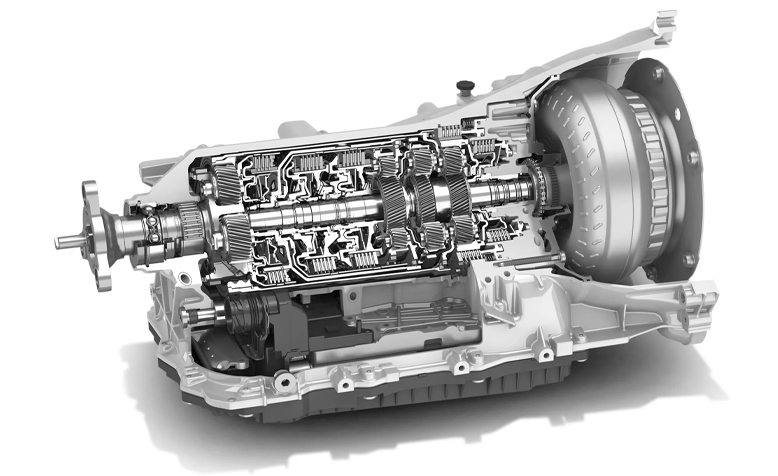At chiptuners we developed powerful tuning files for ZF 8HP Bosch EGS TCU. The calibration of the ZF 8HP Bosch EGS TCU by our engineers made the possibility to increase torque limits, increase clutch clamping pressure, modify the shift speed, modify RPM limits and enable gear change in display.
The ZF 8HP is an 8-speed transmission with a Hydraulic converter and Planetary gearsets transmission for longitudinal engines. ZF 8HP gearbox improves vehicle fuel consumption and compared to ZF 6-speed transmission the ZF 8HP can save up to 11% of fuel! The 1st generation of this gearbox was released in 2008, the 2nd generation was released in 2014, and the 3rd generation was released in 2018 year.
ECUfiles’s file tuning engineers can now:
– Increase the torque limits!
– Increase clutch clamping pressure!
– Modify Shift Speed!
– Modify RPM Limits!
– Enable Gear Change in display!
for all BMWs listed in the table below:

-
BMW 1 Series (F20)
-
2014+ BMW 2 Series (F22/F23, G42)
-
2012+ BMW 3 Series
-
2014+ BMW 4 Series
-
2010+ BMW 5 Series
-
BMW 5 GT
-
BMW 6 Series
-
BMW 7 series
-
BMW 8 Series
-
BMW X1 (First Generation)
-
BMW X3
-
BMW X4
-
BMW X5
-
BMW X6
-
BMW X7
-
BMW Z4
If you want our tuning engineers to calibrate the ZF 8HP transmission for your clients you just need to create a free account on our portal, get credits and upload your original file. If you are not sure yet, please don’t hesitate to reach out. Create a free account on our portal and send us a message, our engineers will answer your questions and help you decide what tuning file is best for your client.
Our tuning files for ZF 8HP transmission are completely safe. chiptuners engineers work on tuning files and test them on DYNO to make sure all tuning files work perfectly and are safe for the vehicle.
FAQ
What is an Longitudinal engine?
This type of motor is usually used for rear-wheel drive cars, except for some Audi and SAAB models equipped with longitudinal engines in front wheel drive. In front-wheel drive cars a transverse engine is usually used. Trucks often have longitudinal engines with rear-wheel drive.
For motorcycles, the use of a particular type depends on the drive: in case of a chain or belt drive a transverse engine is usually used, and with shaft drives a longitudinal engine. Longitudinal engines in motorcycles do have one disadvantage: the “tipping point” of the crankshaft tilts along the entire motorcycle to a greater or lesser degree when accelerating. This is partly resolved by having other components, such as the generator and the gearbox, rotate in the opposite direction to the crankshaft.
Most larger, “premium” vehicles use this engine orientation, both front and rear wheel driven, because powerful engines such as the inline-6 and 90° big-bore V8 are usually too long to fit in a FF transverse engine bay, while most mainstream modern vehicles use front wheel drive along with a transverse engine arrangement.

